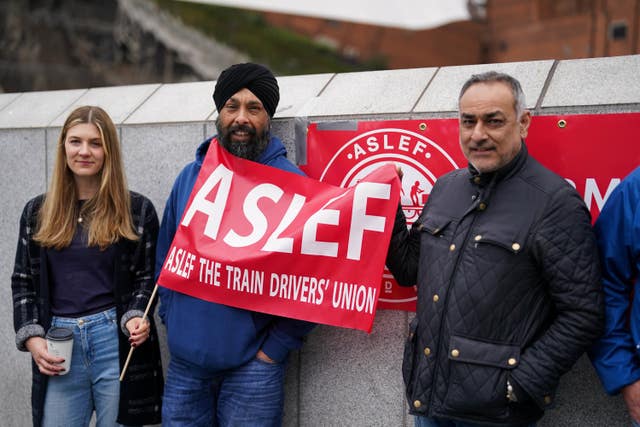Published: June 30, 2023
The wildfires raging across Canada’s south-eastern province of Quebec are unprecedented. A warm, dry spring allowed the tinder to accumulate and lightning storms in early June lit the match, dramatically escalating 2023’s fire season.
As the smoke spread south it spawned apocalyptic skies over the north-eastern US and placed over 100 million people under air quality alerts, putting New York City in the top spot of a global league table of cities with the most polluted air.
Canadian scientists warned about the role of climate change in fuelling wildfires in 2019. Climate change may not cause fires, but it does significantly increase the likelihood they will occur and, globally, wildfires are expected to increase by 50% this century.
One might hope, at least, that as these increasingly acute effects of climate change are felt by wealthy, high-emitting countries, people will be persuaded to act with the conviction necessary to avert the climate crisis, which threatens the lives of millions and the livelihoods of billions.

However, as I argued in a recent paper, the hope underlying this assumption could be misplaced. As the effects of warming are felt more substantially, we may instead vote into power people committed to making the problem worse.
This is because of an overlap between the broader effects of climate change and factors that have aided the rise of nationalist, authoritarian, populist leaders across Europe, the US, Brazil and elsewhere, particularly in recent years.
The broader consequences of climate change
Climate change is widely expected to bring a range of impacts, from the increased frequency and severity of storms, droughts, floods, heatwaves and crop failures to the wider spread of tropical diseases. But it will also bring less obvious problems related to inequality, migration and conflict. Together, these could create a world of deepening inequality and instability, rapid change and perceived threats – an environment in which authoritarian leaders tend to thrive.
Climate change threatens to widen inequalities within and between countries. In fact, evidence suggests that it already has. This is because poorer people are typically more exposed to the effects of climate change and more vulnerable to harm as a result of them.
Poorer countries, and poorer people in wealthy countries, face a vicious cycle in which their economic situation leaves them stuck in the areas most exposed to extreme weather and prevents them from recovering. In contrast, the rich can smokeproof their homes, hire private firefighters, run their air conditioning without worrying about the bill – or simply buy a house elsewhere.
Climate change is also expected to increase migration. Estimates of the number of people expected to migrate in response to climate change are highly uncertain, due to compounding social and political factors, and discussion in the media has sometimes tended towards alarmism and myth.
Although most movement is also expected to occur within countries, there is likely to be a significant increase in people moving from poor to rich countries. By mid-century, a significant number of people in places such as South Asia may be exposed to heat waves that humans simply cannot survive, making migration the only possible escape.
Finally, climate change is expected to heighten the risk of conflict and violence. Wars may break out over basic resources such as water. At a smaller scale, violence and crime could increase. Research has shown that even tweets are more hateful in the heat.
Authoritarian populism
Right-wing politicians have successfully exploited the narrative around these issues which climate change is inflaming: immigration, economic inequality and global insecurity. Their promises to reverse falling living standards for a selection of the public, relieve stress on (underfunded) public services and protect the nation from external threats invariably involve appeals to close borders and scapegoat migrants.
These leaders are also anti-environmentalist. Donald Trump, Vladimir Putin and Jair Bolsanaro have fetishised traditional industries such as coal mining, abandoned global challenges in favour of national pursuits and are openly sceptical of, or outright deny, human influence on the climate.

The absence of a global consciousness and a willingness to cooperate, which is inherent to this politics, would make maintaining a safe climate almost impossible.
The freedom that’s left
This is a bleak vision. But it’s offered as a warning, not a forecast, and there are good reasons not to be pessimistic.
One reason is that there is some evidence that experiencing extreme weather increases support for climate action. So the effects of climate change may not just push people away from an appropriate political response.
More importantly, climate change doesn’t directly cause things like migration, conflict and violence. Instead, it makes them more likely through interactions with existing social and political issues such as government repression, high unemployment or religious tensions. This is both good news and bad news.
First, the bad news. Researchers suggest that poverty and inequality are more important drivers of conflict and migration than climate change. But these are themselves amplified by climate change. So climate change may play a role in conflict and migration that is not yet understood.
The good news is that these complex interactions between environmental conditions and our political and social life show us that the future is, to a large degree, still ours to decide. In the anthropocene humans have become an agent of planetary change – we can determine the future of the environment. But the environment will not determine ours. Nonetheless, understanding how climate change may indirectly influence politics is crucial to finding a politics appropriate to the challenges we face.
Postdoctoral Researcher in Sustainability, University of Leeds
Disclosure statement
Joel Millward-Hopkins receives funding from the Leverhulme Trust.
















